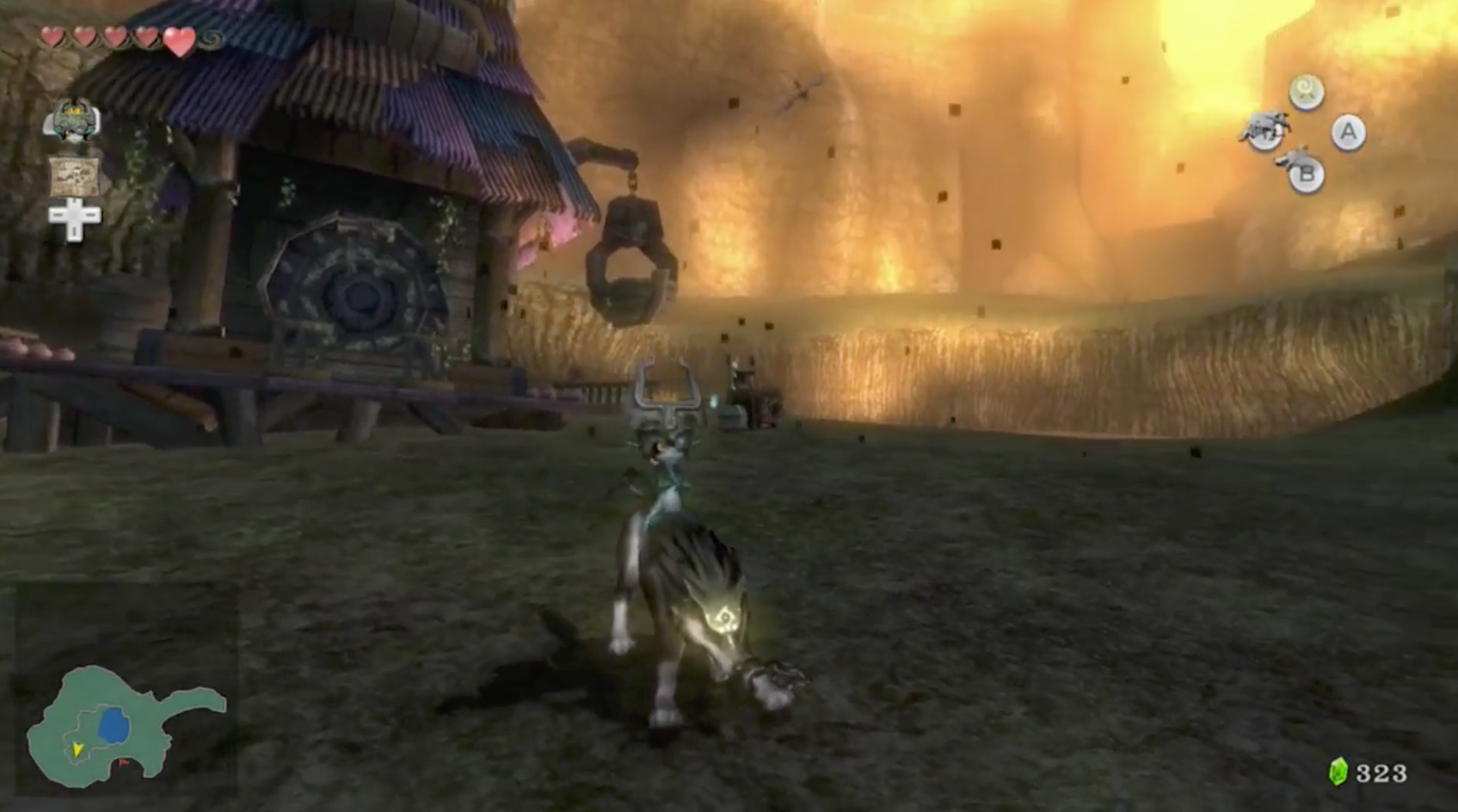

See how Twilight Princess did on our list of the 100 greatest games. Not the franchise’s best (although the actual holder of that honour will probably never be settled) but an accomplished adventure through the world of Hyrule. The upgrade has helped, but there’s still a silver sheen over everything as though you’re looking at the screen through the early development of cataracts. In terms of looks, the original hadn’t aged well – its visuals murky and maddeningly indistinct, and not just in comparison with its cel-shaded predecessor, but with the series as a whole. What seems odd, given the Wii-U’s compatibility with both traditional controllers and the Wii’s Wiimotes, is the complete lack of the ability to experience the gameplay as most did in 2006. To compensate for the Wii’s motion controls, famous lefty Link was right-handed in that version, but he’s flipped back here (except, confusingly, in the harder Hero Mode where he remains right side dominant). Removed from the baggage of any “not as good Majora’s Mask” proclamations (or similar), the game stands out as a well-oiled mixture of exploration, combat and puzzles. Of course, there’s yet to be a bad main series Zelda game, so criticisms and praise are all relative within the series. Following the recent tradition of upgrading its classic Zeldas ( Ocarina Of Time, Majora’s Mask and Wind Waker have all had recent spruce ups), Nintendo has added an HD shine for a re-release on Wii U. Twilight Princess pulls a complete 180 from the last GameCube iteration, The Wind Waker, shirking off that games kiddified visual trappings and waterlogged nautical gameplay in favor of a return to the realistic environments, darker themes, and horseback action of 1998s Ocarina of Time (Nintendo 64). Divorced from the hype and the subsequent backlash, it’s the perfect time to reassess the game.


 0 kommentar(er)
0 kommentar(er)
